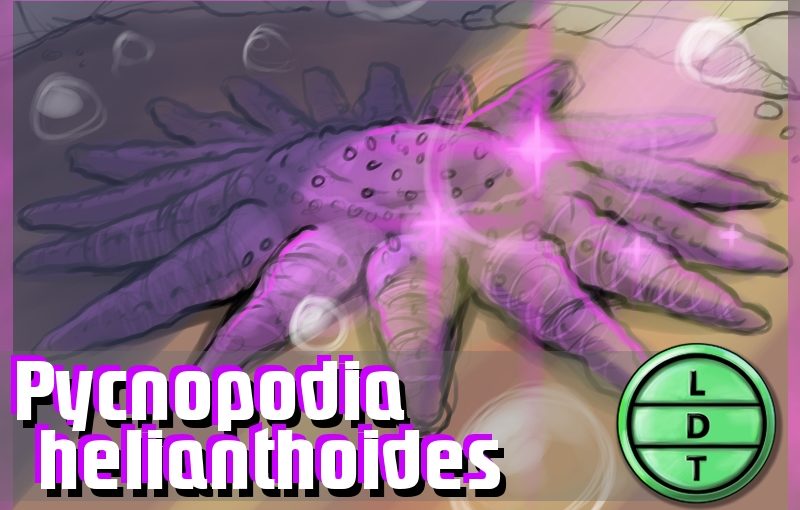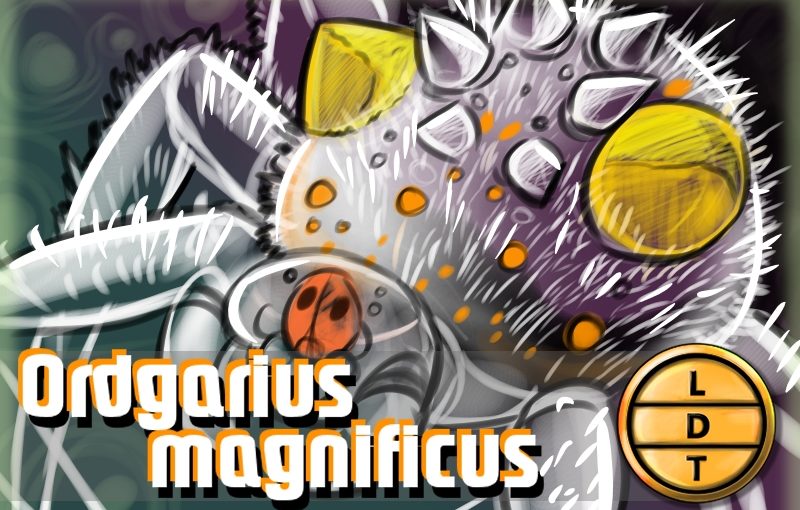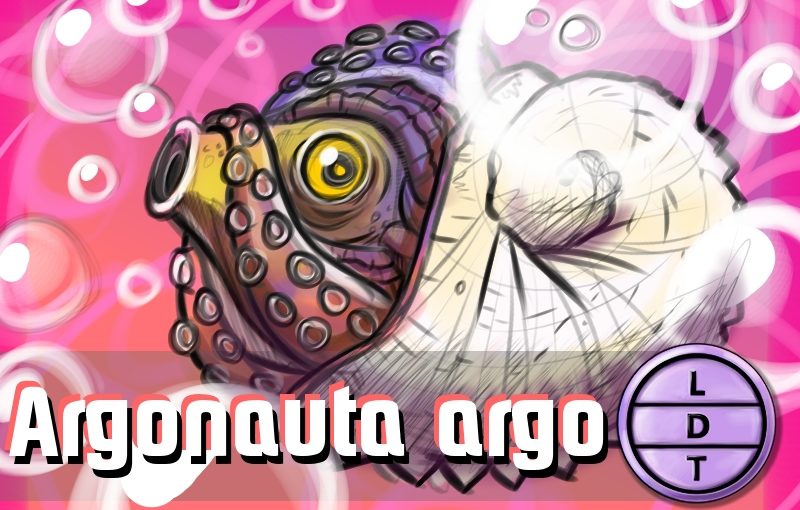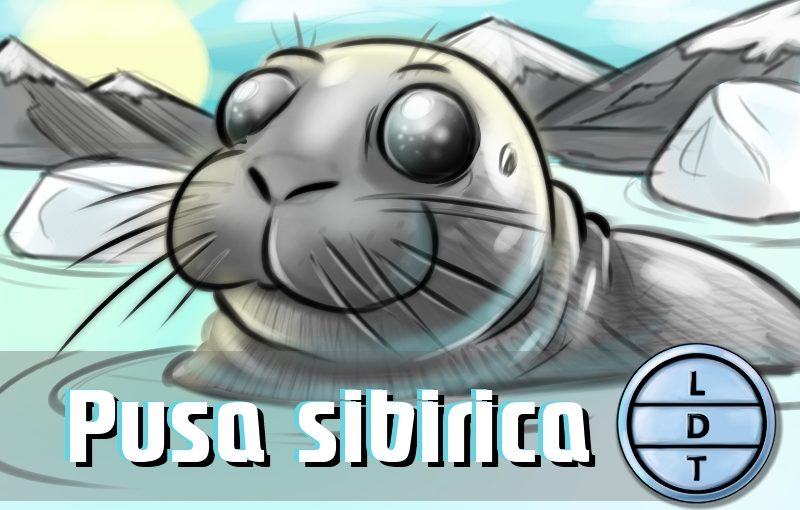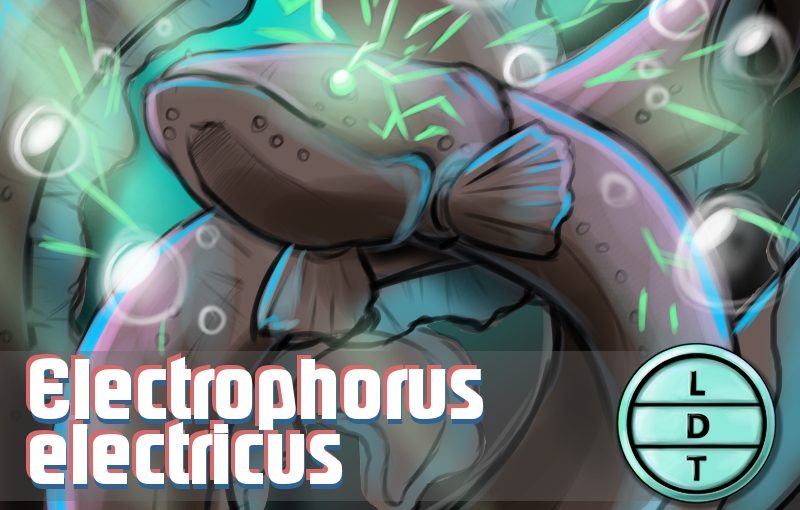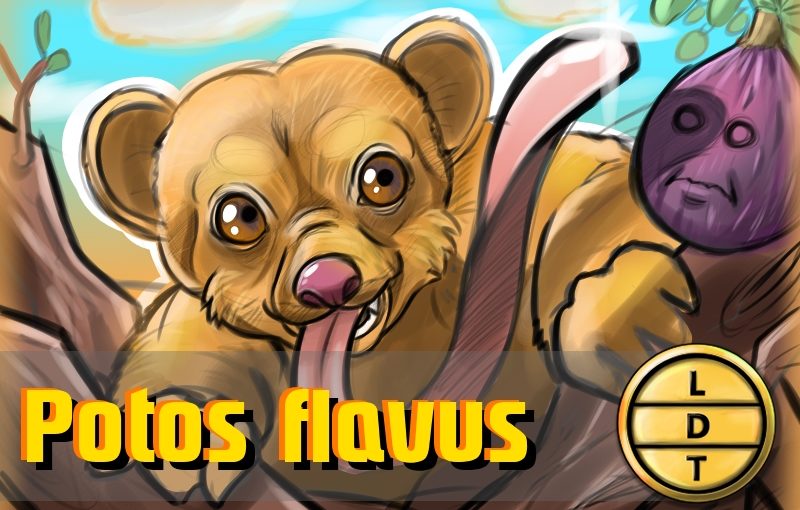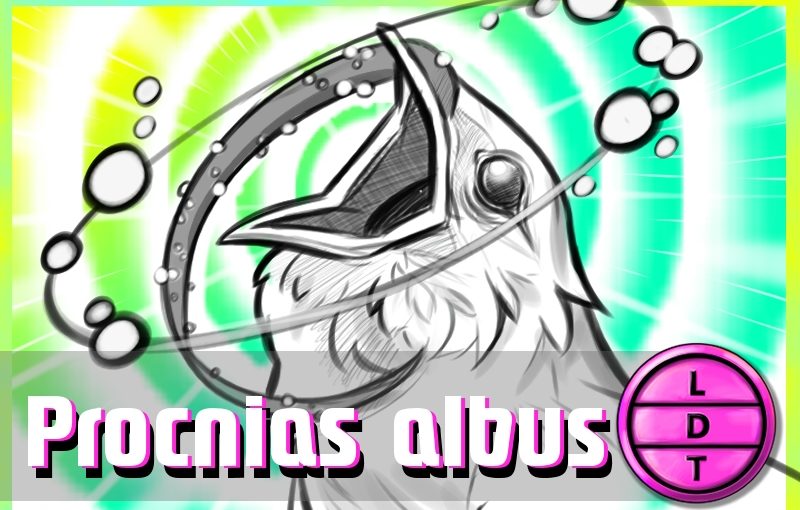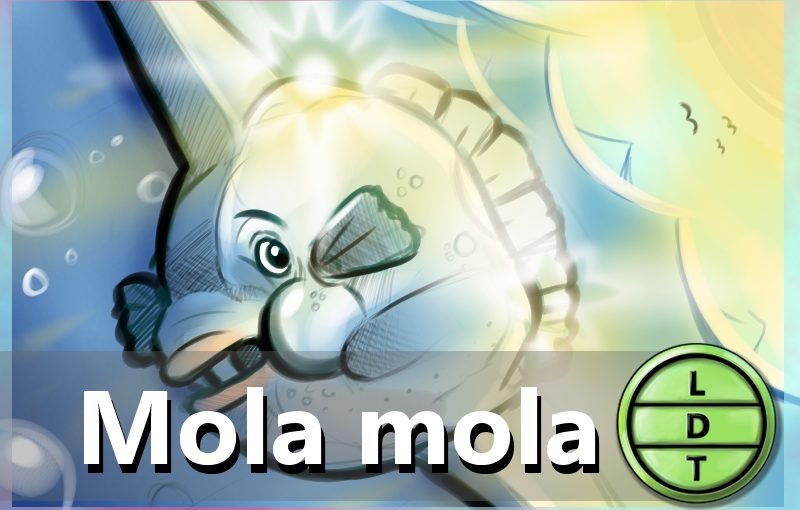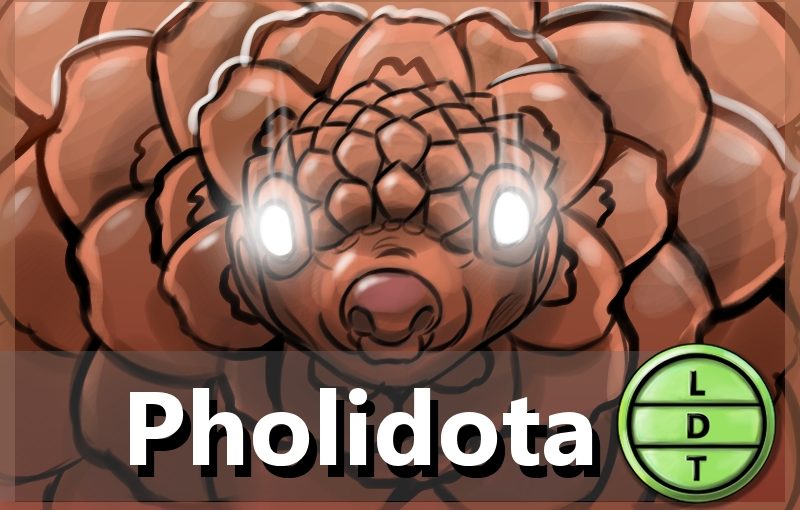“…and today we’re talking about an amazing armored animal! But more on that later.”
Speed and strength are popular in the animal kingdom. If danger comes my way, I’ll outrun it or fight it off. But some creatures go another route: head to tail armor. It’s a road less traveled among mammals, but some have thick hides or bony plates. However, only one mammal has taken a page out of the playbooks of reptiles and ancient Roman soldiers. But sometimes the most successful creatures are ones that borrow their style from others in Life, Death, and Taxonomy!
Measure Up
Welcome to the beloved Measure Up segment. The official listener’s favorite part of the show! The part of the show when we present the animal’s size and dimension in relatable terms through a quiz that’s fun for the whole family. It’s also the part of the show that’s introduced by you when you send in audio of yourself saying, singing, or chittering the words measure up into ldtaxonomy at gmail dot com. We don’t have a new measure up intro this week! That means we get to hear from an animal, and Carlos has to guess what it is. Walrus!
Length
- 40–58 cm without the tail. Tail is 25-38 cm (9.8 – 15 in)
- 46 cm (18.1 inches)
- Pangolins like to hang out in bamboo forests. How many pangolins go into the height of the dragon bamboo, the tallest species of bamboo?
- Hint: Dragon bamboo can have a diameter of up to 30 cm and it’s raised for its use in construction. Young shoots can be eaten.
- Answer: 76 pangolins. Bamboo can grow to 35 m (114.8 feet)
Weight
- 2 to 7 kilograms (4.4 to 15.4 lb)
- 4 kilos (8.8 pounds)
- Eddie Hall has the record for the heaviest deadlift. How many pangolins could Eddie lift?
- Hint: Eddie used equipment like a deadlift suit and straps. There’s a separate record for lifts without any equipment. The record for women is held by Becca Swanson at 305 kg (672 lbs).
- 125 pangolins. Eddie deadlifted 500 kg (1,102 lbs).
Major Fact
This is the story about how this animal’s amazing ability has led to the deaths of more than 600 people.
Pangolins are the world’s only scaled mammal.
- Other mammals like rhinos and armadillos are armored with thick tough skin.
- But the pangolin’s overlapping scales allow for more flexibility with its armor.
- When they are attacked by a predator, they curl into a ball that’s difficult for many foes to get through.
- However, they can also climb trees, wrap their armored tails around branches, and enjoy stealth checks without disadvantage.
- Unfortunately, it also puts them in danger from a different predator.
Even though they are protected as critically endangered animals, they’re trafficked for consumption and because of their unique scales.
- In China, people could face up to 10 years in prison for selling pangolins.
- Despite this, that animal is sold for the use of its scales in traditional Chinese medical practices.
- Use of the scales is thought to remedy certain skin conditions, arthritis, and menstrual problems.
- However, this widespread trafficking of pangolins may have contributed to the spreading of a disease to more than 30,000 people.
Recent research has found that the pangolins may be the link that spread the coronavirus to humans.
- The corona virus is a type of virus that is common in mammals and birds.
- It’s able to quickly mutat and it’s resistant to treatment and vaccines.
- Only a few types of coronavirus are able to infect people, but when they do, they can do a lot of damage.
- SARS was a recent example of the corona virus that spread to humans.
- This coronavirus is called the 2019 Novel Coronavirus (2019-nCoV).
- It’s infected 30,000 people and killed 600 so far.
- It’s believed to have originated in bats, but viruses that start in bats don’t usually spread to people. However, they can, if there’s a viable middle man.
- Chinese researchers believe that pangolins might be that middle man.
- Genome sequences of the virus in pangolins are a 99 percent match to the ones found in people.
- However, the study has not been fully published to be scrutinized.
- Because the animals that were in contact with humans were sold in a now closed illegal market, conclusive tests on those animals may be impossible.
- There’s still a lot of research to be done, but identifying the conclusive middleman could help avoid future outbreaks by cracking down on illegal trafficking.
Outro
Hey LDT listeners! iTunes reviews help others know you like us, but there are other ways to leave reviews too! But sharing your favorite episodes is a better way to help us grow! If you have a friend that likes animals or interesting info, why not give us a shout out? Thanks for listening and sharing!

